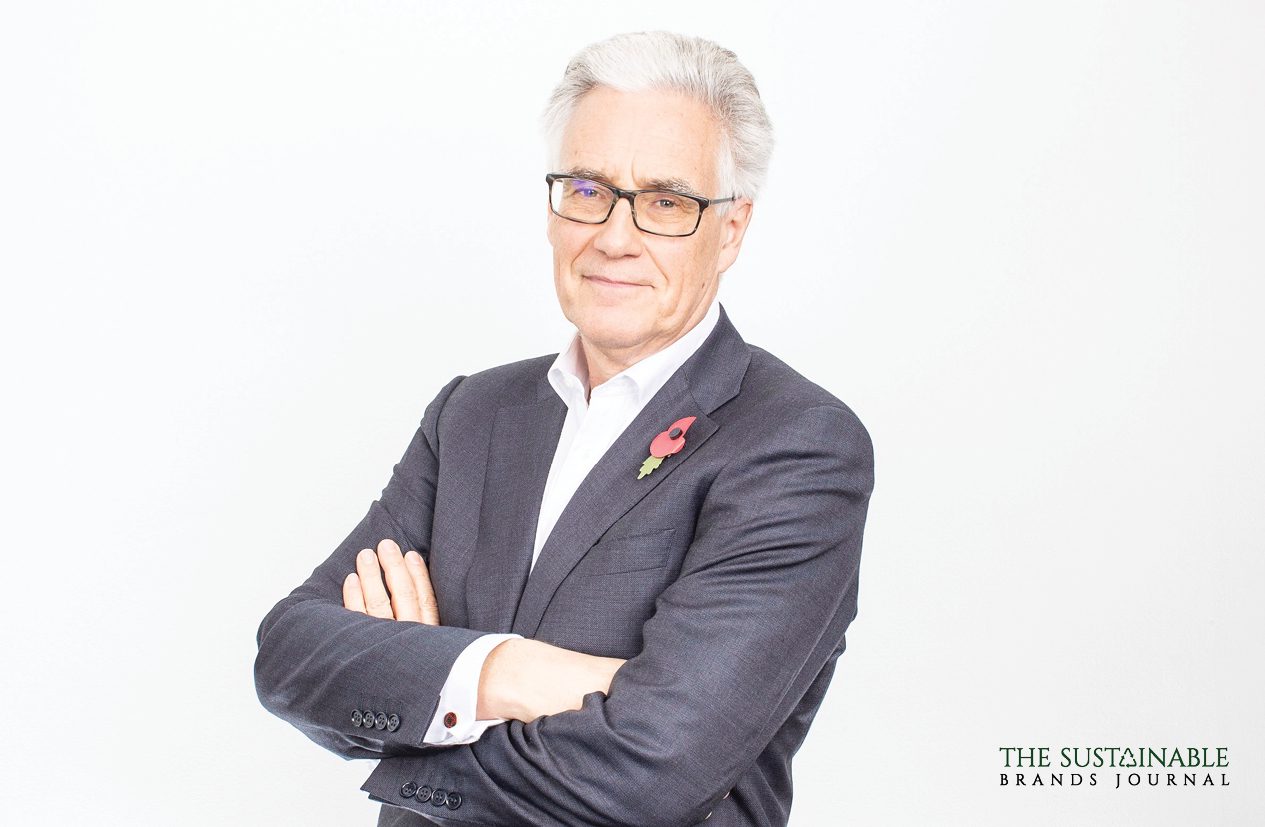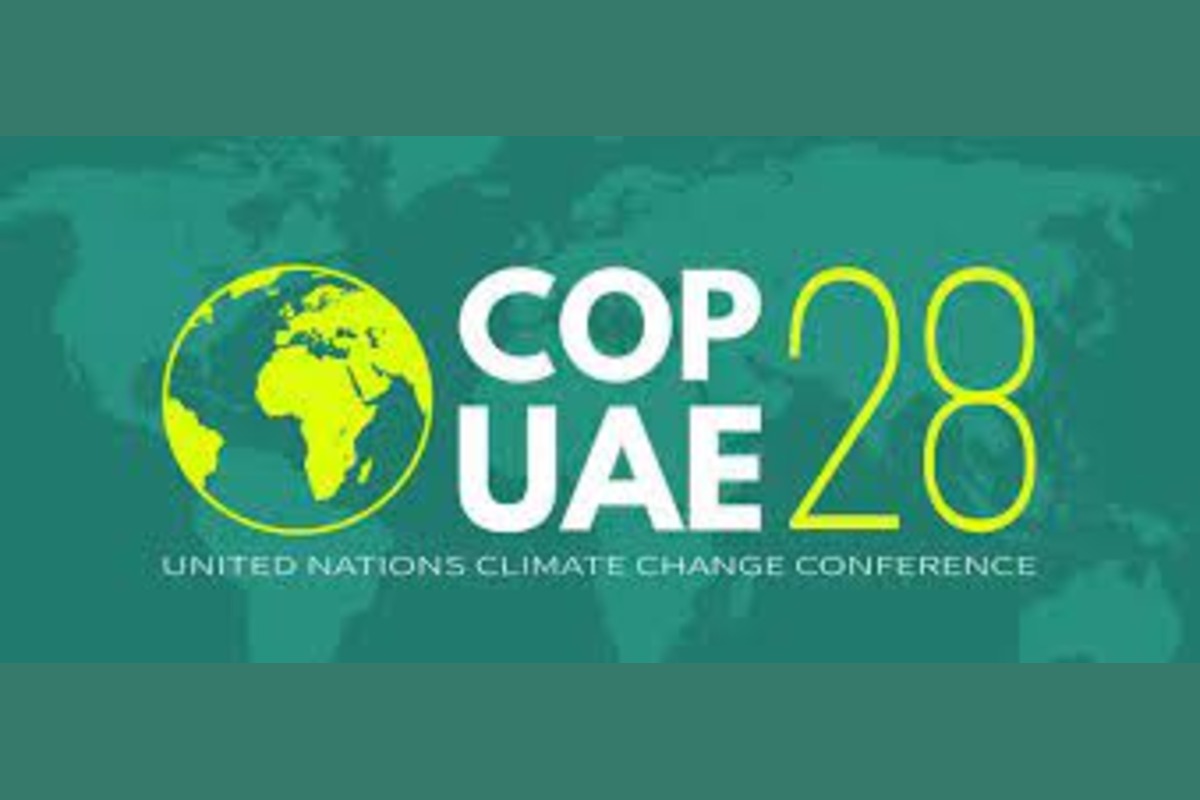
What are the key issues at COP27 and will they be resolved?
Lord Adair Turner, Chair of the Energy Transitions Commission, shares his thoughts on the climate talks so far
Having spent a few days in Sharm El Sheikh at the COP27 Climate Summit, it’s clear that this is very different from Glasgow in 2021. On the ground action has disappointed this year, despite the COP26 Climate Summit’s focus on raising ambition. However, Sharm focuses on implementation and delivery.
Progression to date based on the underlying principles
The baseline of success established at Glasgow should be remembered before assessing this week’s progress.
A prediction for global warming published before the Paris climate conference suggested that the world is on course toward a warming of over 3C by the end of the century. According to estimates that emerged from the Glasgow conference, global warming is expected to range between 1.8 and 2.7C – this is a spectrum which reflects different levels of optimism as to how far commitments will actually be fulfilled.
There has been a number of other organisations that have commented in recent weeks on the fact that these projections have not gone up or down from last year – neither forward nor backward – but at least we are on the verge of achieving the 2C threshold.
According to a report released last week by the Energy Transitions Commission, although the current pledges and commitments will not be able to keep us below 1.5C, there are some reasons for optimism. There are three of the world’s four largest emitters – China, the United States, and the EU – who support their ambitions with serious implementation programs, not only by covering renewable energy and electric vehicles, but also by extending support for green hydrogen, carbon capture, and other crucial levers for decarbonizing industrial processes. In the decade ahead, we can be confident that we will be able to achieve significant progress across a number of key sectors, starting with the massive scaling up of renewable energy and the uptake of electric vehicles, as well as ambitious projects in development that use green hydrogen to help decarbonise large emitting sectors such as steel.
By 2030, according to recently released estimates from the International Energy Agency, low carbon finance will grow from just over $1tr per year today, to over $2tr a year based on the progress promised through these policies and actions. The steps have been taken in the right direction, but only half of the amount that we believe would be needed has been mobilized so far.
That is a sign that progress is lacking in a number of important areas, which is reflected in the numbers. Despite the fact that coal is being phased out at a rate and scale that does not correspond to the needs of the electricity sector. Emissions of methane continue to rise at an alarming rate. Deforestation continues apace as a result of climate change. And lastly, we’re struggling to extend the rapid scale up of clean electricity to emerging markets and developing economies.
A gap assessment is needed to address these issues
It is important to note that the event this week in Sharm el Sheikh acknowledges these gaps, and that they must be addressed through scaling up finance.
Nature is on the agenda in a way that has never been seen before, and its importance is growing every day. In an effort to form an ‘OPEC’ of forests consisting of Brazil, Indonesia, and the Democratic Republic of the Congo, a new coalition was launched this week by a number of countries, with the goal of protecting the critical carbon stocks in these nations against deforestation, backed up by financing from carbon markets and foreign governments. As far as the Leaders Forest Declaration is concerned, it could be regarded as a key addition to the commitment to end deforestation by 2030 which was announced in Glasgow last year; however, I would like to emphasize that it is vital for us to understand, as we have stated in our Degree of Urgency report, that a huge amount of funding will be necessary to meet these needs, especially when global forests are being under increased pressure due to the consumption of meat products.
Using corporate funding from companies in the US to purchase carbon credits is an integral part of the recent announcement by the US Climate Envoy John Kerry, whose proposal highlights a scheme to systematically phase out existing coal in developing countries by using corporate funding from companies in the US. This is not a new idea, but tens of billions of dollars could be raised in these kinds of efforts and can be focused on a source of emissions that is crucially important in reducing the amount of climate change pollution. If such credit purchases are to be made, it will be essential that they are complemented by rapid emissions reductions within these companies and not taken place instead of them.
The topic of financial flows in emerging markets, however, has probably been the most significant area of discussion in this whole series of articles. By 2030, the UNFCCC estimates that $1tr a year will be required in emerging and developing markets, excluding China, to mitigate global warming, according to a report released by Nick Stern and Vera Songwe, and sponsored by the UNFCCC. As a result, some estimates put this at a scale up of between ten and twenty times the current flows.
In spite of this, the current macroeconomic context is changing in such a way that climate-related finance is now flowing away from these markets in alarming numbers. In order to achieve this scale up, there are a number of options that can be taken to accomplish this, but it’s clear that the world’s development financial institutions – including multinational development banks such as the World Bank – must do a lot more to support the financing of these countries. While many of these recommendations are not new, in order for them to be put into action, substantial institutional changes must be made, and these changes must come from the very top. There is a strong possibility that the appetite for making these changes may be the decisive factor in whether or not emerging markets will accelerate their clean economic growth this decade or stagnate.
Currently, we do not know how things will turn out
In spite of the fact that the world’s perspective on COP27 in Sharm el Sheikh is yet to be decided, it’s evident that significant progress has been made in reducing emissions over the past few years, and many factors indicate this will continue to accelerate. I believe that this initiative will go a long way towards achieving the crucial global goal of limiting global warming to 1.5C, provided that we are able to significantly scale and target the flows of finance in order to drive a significant acceleration of clean energy investment, a phase-out of coal use, and an end to deforestation.
Source- Businessgreen

Prachi, an accomplished Chief-Editor at The Sustainable Brands Journal, has 15+ years of experience in Europe, the Middle East, and India, managing 90+ global sustainable brands. She’s a prolific writer in sustainability, contributing to various publications. Prachi’s unwavering passion and expertise make her a recognized authority, driving positive change and inspiring a sustainable future.





